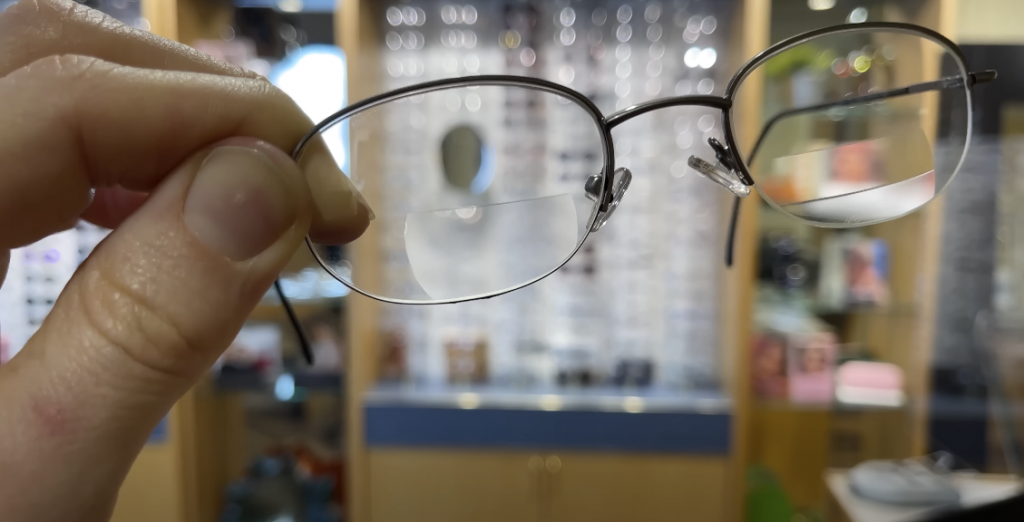
Does VSP Cover Transition Lenses?
Vision Service Plan (VSP) has established itself as a premier vision insurance provider in the United States. It offers broad coverage for various eye care needs, including eye exams, frames, lenses, and lens enhancements. Among the many types of eyewear available today, transition lenses are increasingly gaining popularity. Let’s explore in great depth whether VSP covers these types of lenses.
Understanding Transition Lenses
To ascertain if VSP covers transition lenses, we must first understand what they are and why they might be a valuable investment for many. Transition lenses, known scientifically as photochromic lenses, are unique in their adaptability to light conditions. They remain clear indoors and automatically darken when exposed to sunlight, acting like sunglasses. This smart technology responds to UV light intensity, ensuring optimal comfort for your eyes under changing light conditions.
The key benefits of transition lenses are:
- UV Protection: Transition lenses offer 100% UVA and UVB protection. This feature is incredibly vital in preventing harmful sun rays, known to cause cataracts and other vision-related problems;
- Convenience: They reduce the need for carrying a separate pair of prescription sunglasses. Thus, they’re particularly beneficial for individuals with an outdoor lifestyle or light-sensitive eyes;
- Eye Comfort: By continuously adjusting the lens tint based on surrounding light conditions, transition lenses minimize eye strain and fatigue;
- Versatility: They are available in different color and style options to suit various tastes and preferences.
VSP and Transition Lenses Coverage
Ascertaining whether VSP covers transition lenses requires us to dig into the specifics of individual insurance plans. VSP provides a range of insurance plans, each offering different levels of coverage.
Standard Plan
The Standard Plan provides partial coverage for transition lenses. Members receive an allowance towards the lenses, meaning some out-of-pocket costs may still apply. The exact amount depends on several factors, including the chosen eye doctor and their specific pricing. Moreover, the Standard Plan also covers the cost of basic lens enhancements, such as anti-reflective coating or progressive lenses, but additional charges may apply for premium enhancements like transition lenses.
Enhanced Plan
The Enhanced Plan offers a more comprehensive coverage, including full coverage for transition lenses. In this plan, the policyholder would not need to pay anything out-of-pocket for transition lenses, except for any applicable co-pays or deductibles. The plan also offers more generous coverage for premium lens enhancements.
The table below provides a comparative overview of the two plans:
| Insurance Plan | Transition Lenses Coverage | Co-pays/Deductibles | Premium Lens Enhancements |
|---|---|---|---|
| Standard Plan | Partially Covered | Applicable | Additional charges may apply |
| Enhanced Plan | Fully Covered | Applicable | More generous coverage |
In both plans, members are eligible for new glasses every 12 to 24 months, based on their specific policy terms.
Factors Influencing VSP Coverage
While VSP offers different levels of coverage for transition lenses under its various plans, certain factors can influence how much a policyholder will ultimately pay. Some of these factors include:
- Geographical Location: State-specific insurance regulations can affect the level of coverage provided by VSP. Hence, it’s essential to understand any location-specific stipulations affecting your policy;
- Provider Network: Typically, visiting an in-network provider is more cost-effective compared to out-of-network providers. Always verify if your optometrist is part of the VSP network to maximize your insurance benefits;
- Plan Options: Employer-based insurance can vary widely, with different employers offering different plan options. As a result, your coverage can depend significantly on the specific plan your employer has chosen;
- Personal Requirements: The complexity of your lens prescription can also affect the total cost. For instance, specialized prescriptions for conditions such as astigmatism or high myopia may lead to additional costs.
Conclusion
While VSP does offer coverage for transition lenses, the extent of coverage depends on the specific insurance plan and several other factors. Therefore, it’s recommended to thoroughly review your plan details or consult with a VSP representative to understand the exact coverage and out-of-pocket costs for transition lenses.
FAQS
Yes, you can upgrade your plan during your employer’s annual open enrollment period or if you experience a qualifying life event.
The out-of-pocket costs can vary based on factors such as your optometrist’s pricing and whether they are in-network or out-of-network.
VSP typically provides coverage for a new pair of glasses every 12 to 24 months, depending on the specifics of your plan.
Most VSP plans offer some level of coverage for transition lenses, but the exact extent of the coverage can vary based on the specific plan.
Yuriy Moshes has spanned several areas of law but his expertise lies in litigation and real estate transactions. Over the years, he has assisted homeowners understand their options and either remain in their home or pursue possible liquidation options. He graduated from Brooklyn College with a Bachelors of Science degree and a Juris Doctor from the Touro College Jacob D. Fuchsberg Law Center.